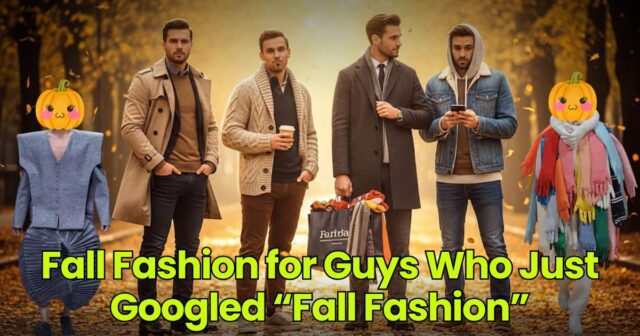How generative AI empowers creatives to bring their ideas to life
3 ways new technology will accelerate brainstorming, experimentation and production.

Initial excitement around ChatGPT and Bing Chat has given way to fears that tech is coming for human jobs: 60% of young professionals believe AI will transform their jobs over the next five years and more than 40% worry that ChatGPT will make their roles obsolete.
These concerns are particularly acute in marketing and advertising, where half of companies are planning on implementing the technology and an estimated 90% of digital campaigns are expected to be influenced by AI by 2027.
But far from a job-killing foe, generative AI technology has the potential to unburden and empower the next generation of advertising talent.
Here are three ways generative AI will empower creatives:
Bringing creative ideas to life
Spend five minutes with Midjourney, Dall-E or any of the other image generation tools, and AI’s value to creatives as a brainstorming and ideation tool will immediately be clear: AI is the best playground for creativity that has ever been developed.
Have an idea for an ad that features a frog holding a balloon while running down the street? No problem. Just type in the query and out pops an image—no Photoshopping required. You can tweak it, change the style or move on to a better idea if this one isn’t for you.
AI can’t create the idea; that’s still a human’s job and will likely always be the job of the creative. But when it comes time to bring that idea to life, AI is unbeatable. When the cost of producing an idea drops to zero, creatives are free to experiment.
Eliminating production drudgery
Creatives are faced with a lot of production work: Figma, maybe a video shoot and endless editing. But we’re at the start of a journey where all this busy work goes away.
AI will free creatives from the drudgery of production. It will allow them to focus on ideas and creating, instead of in today’s reality, where most of their time is spent in production.
The future of ads won’t be executing and editing a big production shoot, or hours searching for and editing stock photography. Instead, it will consist of a creative thinking of an idea and spending hours—not weeks—tweaking the AI algorithms to get just the right asset.
Allowing low-stress testing and experimentation
“Half the money I spend on advertising is wasted,” 19th century Philadelphia retailer John Wanamaker reportedly said. “The trouble is I don't know which half.” This sentiment has plagued creatives for more than a century, creating undue pressure to deliver a singular and final creative idea with little insight into how it will ultimately be received.
As AI pushes the cost of production to zero, creatives can test ideas in a low-stress, low-risk environment. AI-generated early-stage content, consisting of simple and less expensive static images, video and text, can be inexpensively tested on a variety of performance media channels such as Instagram or TikTok. Messaging, an overall creative approach or even small things such as the style of an image or color, can all be inexpensively tested.
The concepts that resonate can move forward, and a fully produced version of the ad can be created that is broadly distributed to relevant audiences. The concepts that don’t resonate simply die on the vine, with little consequence to the creator or the brand. This takes the guesswork out of the creative process, giving everyone more confidence in the final ideas they take to market.
Applications of generative AI tools such as ChatGPT and Bing Chat are empowering, not endangering, the next generation of talent. When the stakes for ideas are lower and the busy work has been eliminated, creatives have the freedom to truly explore and make something great. And with less advertising guesswork, brands end up with better campaigns that are proven to work before big investments are made.

 KickT
KickT 































